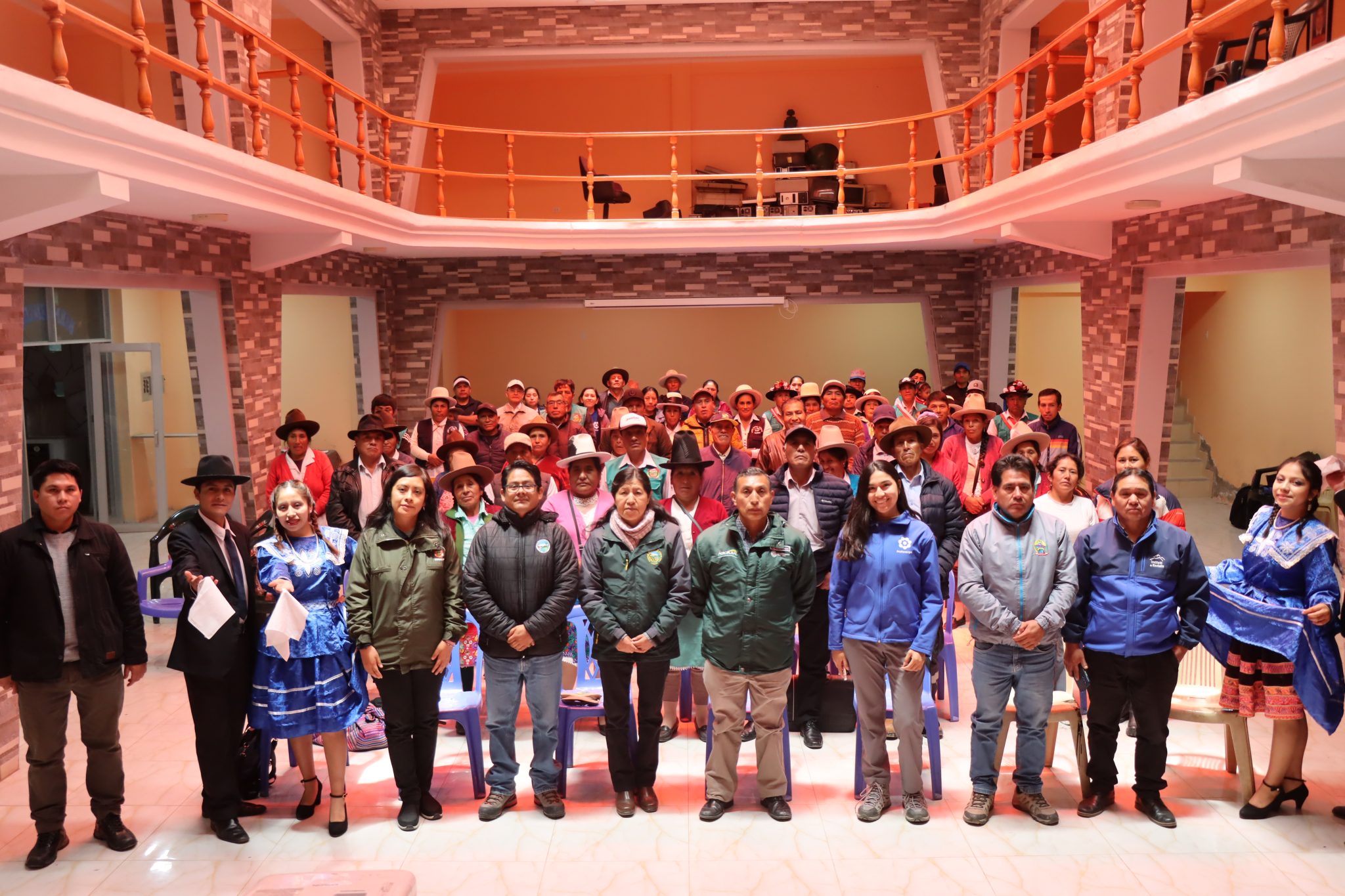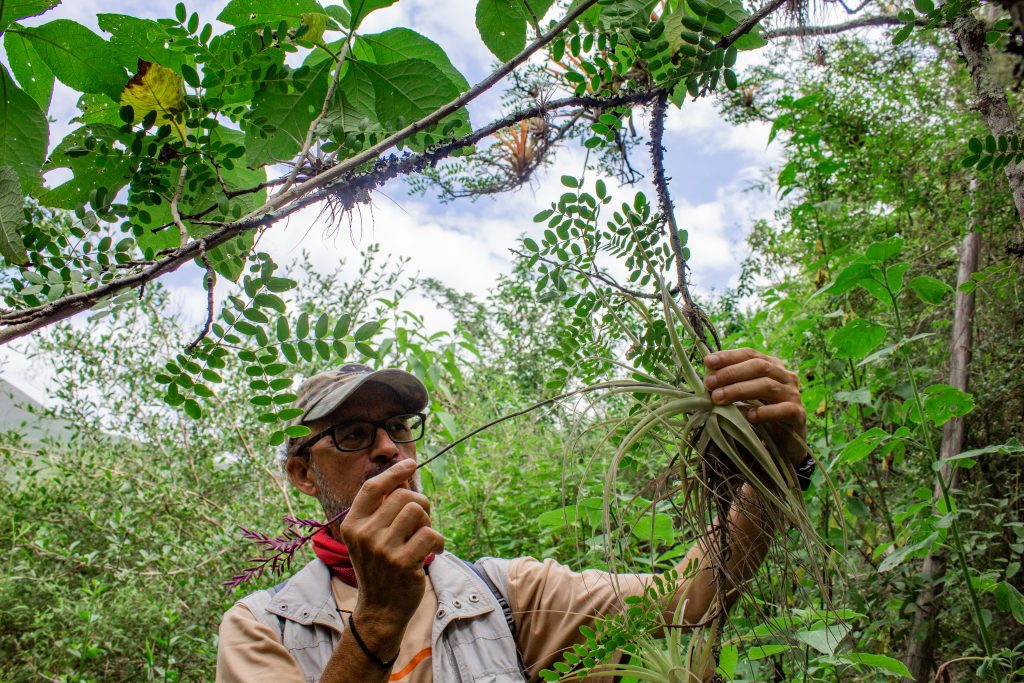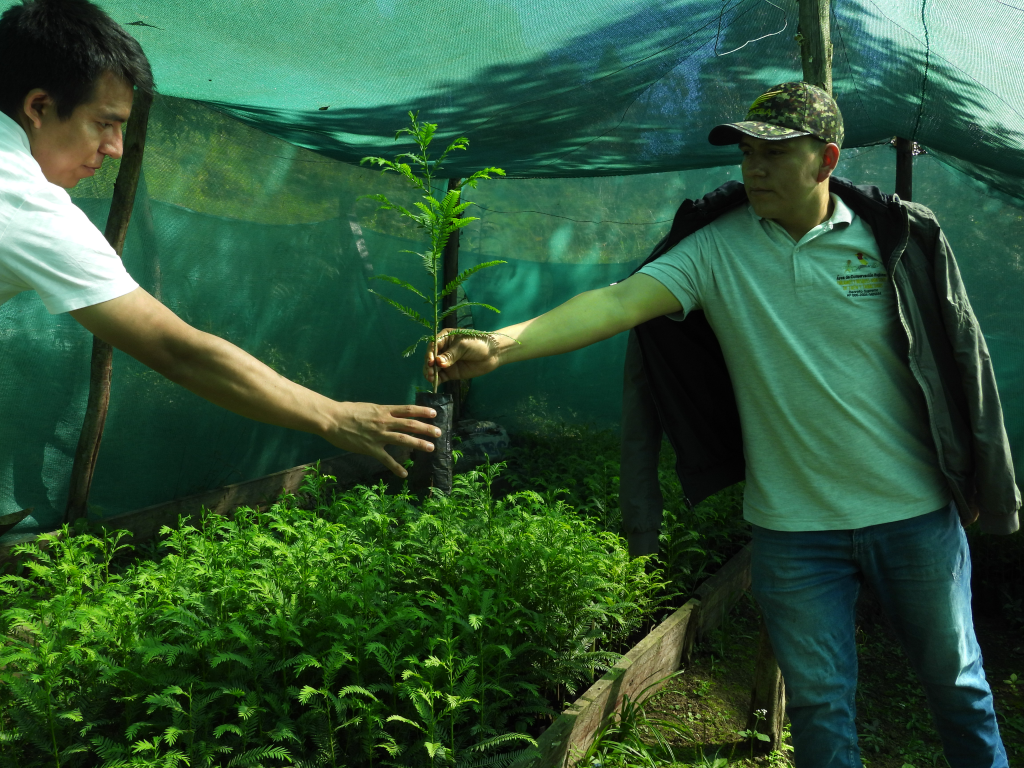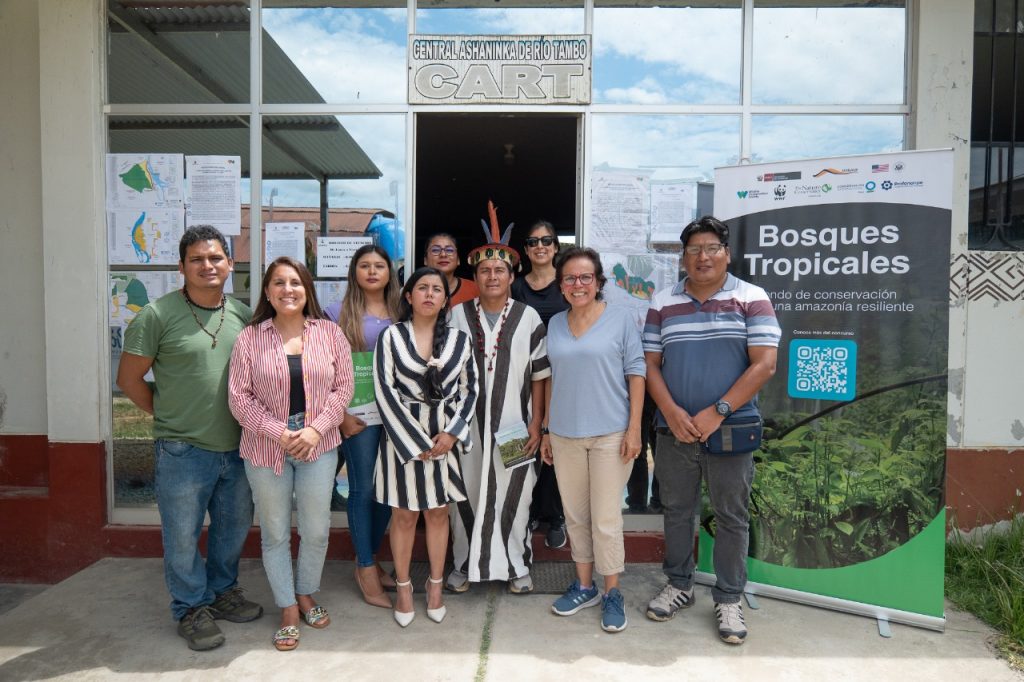Claudia Godfrey (Profonanpe) interviews Deivys Huamán (Sernanp) on strategies to deal with forest fires.
The agency attached to the Ministry of Environment, who warned that climate change and the lack of local preparedness are aggravating a crisis that threatens forests, fauna and communities.
SERNANP, which has been leading the first response to these disasters since 1998, currently has 600 forest fighters deployed throughout the country, but the challenge is great: next year they seek to reach 800 specialists and strengthen the capacities of local and regional governments. “The people who attend forest fires also get tired,” said Huamán, highlighting the need for more resources, coordination and prevention.
The director detailed that fires occur mostly in remote locations, which makes the logistics of moving equipment, food and water to the brigades more expensive. This year, Peru took a key step by implementing a transported brigade of forest fighters, allowing a faster response in areas that are difficult to access.
Huamán emphasized that prevention is the most powerful tool, and that local and regional governments are essential partners in educating populations and organizing communities in the event of an emergency. Recent cases in high Andean communities have shown that neighborhood organization and the creation of fire barriers, guided by park rangers, can prevent major disasters.
The official also highlighted a recent joint effort between international cooperation, private enterprise and the Peruvian government, which culminated in the official delivery of specialized equipment to the Government Palace. Thanks to the donation made by the Asociación para la Interpretación y Divulgación Ambiental en el Medio (Spain), the free transfer facilitated by the Solidarity Airplane program (Avión Solidario) of LATAM Airlines, and the coordination led by the Ministry of the Environment with the support of Profonanpe as a channel for funds, Peru received personal protection equipment and forestry tools. These supplies will reinforce the capacity for immediate response to fires in 11 priority Natural Protected Areas, strengthening the work of forest fighters who face increasingly intense emergencies.
These reflections are part of the inaugural episode of Profonanpe’s Natural Capital podcast, entitled “Who should put out forest fires🔥?”, which seeks to amplify the voices of those who fight fires on the front line and generate awareness of the urgency to act. This interview can be heard here: https://youtu.be/iOEcuBrOqNQ
“We have to work hard on the culture of prevention, strengthen coordination













